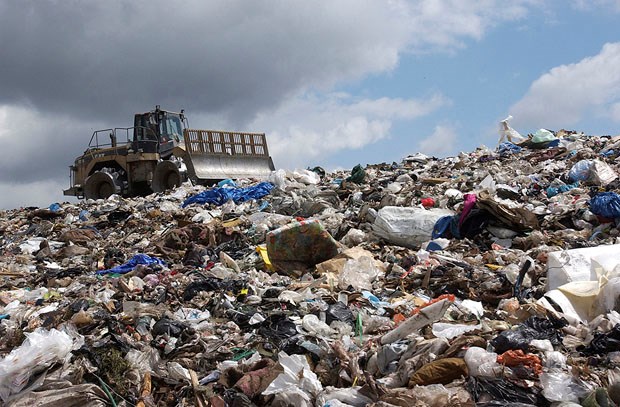Gas from the Vancouver Landfill could end up as a new resource for FortisBC.
The City of Vancouver, which operates the landfill adjacent to Burns Bog in Delta, and FortisBC Energy Inc. have an agreement for Fortis to install a system that will clean methane gas so that it can be injected into the natural gas pipeline as “renewable natural gas.”
Last year, Vancouver and Fortis filed the application with the British Columbia Utilities Commission for acceptance of the biogas purchase agreement. The utilities commission this month adjourned its proceedings on the application for a couple of months in order for the agreement to be resubmitted to provide more certainty on costs.
Meanwhile, the most recent Delta staff report from the Vancouver Landfill technical liaison committee notes overall landfill gas collection efficiency so far this year was 72 per cent, under the target efficiency of 75 per cent. That was mainly due to a number of landfill gas wells temporarily disconnected to allow for ongoing landfill closure works.
The report also notes that while Vancouver is striving to collect as much landfill gas as possible, there is still a quantity of methane that is not collected and emitted into the atmosphere. It’s unknown exactly how much actually escapes into the atmosphere since the portion of gas not collected at around 25 per cent does partially degrade through natural processes as the methane passes through the cover soil of the landfill.
Vancouver is conducting a five-year study using aerial remote monitoring to get a better understanding on the quantity and locations of methane that is escaping.
In 2018, the quantity of landfill gas collected and either beneficially used or flared was equal to 548,750 tonnes of carbon dioxide equivalents.
“This reduction is the same as taking approximately 110,000 passenger cars off the road,” the report notes.
As far as the methane escaping into the atmosphere, the report adds, “Methane has a global warming potential that is 25 times greater than an equivalent amount of carbon dioxide. As a result, the estimated quantity of methane emissions from the landfill are multiplied by 25 to get emissions that are reported in carbon dioxide equivalents.”



